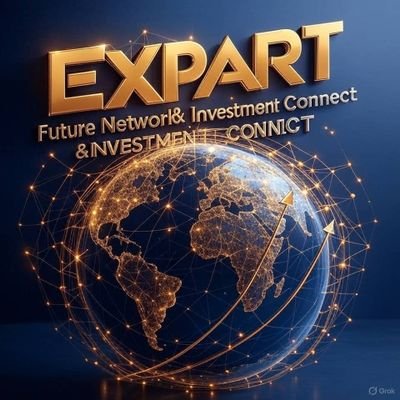Cours de MantraDAO
en EUR

À propos de MantraDAO
Avis de non-responsabilité
Performance du cours de MantraDAO
MantraDAO sur les réseaux sociaux

Guides

Créez gratuitement un compte OKX.
Approvisionnez votre compte.
Choisissez votre crypto.
FAQ MantraDAO
MANTRA est une plateforme DeFi qui met l'accent sur la gouvernance, le staking, le prêt et bien plus encore. Elle fonctionne sur Parity Substrate for Polkadot, dans le but de créer un écosystème financier décentralisé.
MANTRA utilise une gouvernance transparente et offre divers services DAO et DeFi, y compris la gestion de trésorerie, le launchpad, la gouvernance DAO, le staking, le prêt, et plus encore, impliquant les utilisateurs dans la prise de décision et les activités financières.
Vous pouvez acheter des jetons OM sur différents marchés de trading au comptant. Prenons par exemple la plateforme d'échange de cryptos OKX, qui proposeOM/USDTpaire de trading.
Si vous souhaitez acheter de l'OM avec des monnaies fiduciaires, OKX a un Achat express L'option qui vous est proposée est pratique. La plateforme vous permet également d'utiliserConvertirfonctionnalité pour convertir vos avoirs en surplus en OM. Vous pouvez également utiliser la fonction « Convertir vos avoirs en monnaie fiduciaire »Calculateur de cryptos OKXpour vérifier les taux de conversion.
Plongez dans l’univers MantraDAO
En poursuivant la décentralisation réelle, le développement communautaire est une pierre angulaire essentielle. Cette compréhension a encouragé l'émergence deorganisation autonome décentralisée (DAO). Un exemple de ce concept est MANTRA DAO, une composante intégrante de l'écosystème MANTRA.
Qu'est-ce que MANTRA
MANTRA (anciennement MANTRA DAO) est une communauté gérée par la communautéfinance décentralisée (DeFi)plateforme spécialisée dans le staking, le crédit etgouvernance. Il sert de centre où la communauté non seulement influence les futures modifications du projet par le biais du vote, mais gagne aussi des récompenses. Fonctionnement sur Parity Substrate pour le compte de.Polkadot, MANTRA DAO vise à établir un écosystème communautaire, transparent et décentralisé pour Web3 afin de donner aux particuliers le contrôle financier et la croissance de la richesse collective.
L'équipe MANTRA
Le projet MANTRA a été co-fondé par Will Corkin, John Patrick Mullin et Rodrogo Quan Miranda. Will Corkin est une entreprise blockchain et financière qui possède une expérience considérable dans le domaine des cryptos et des marchés de jetons. John Patrick Mullin apporte son expertise en tant qu'éducateur et spécialiste de la tokenisation à Hong Kong. Rodrgo Miranda, ancien banque d'investissement basé à Hong Kong, a adopté des technologies émergentes et a fondé Moon Street Ventures.
Fonctionnement de MANTRA
L'approche centrale de MANTRA repose sur un engagement dédié à la communauté. Ce dévouement se reflète dans un mécanisme de gouvernance transparent qui encourage l'unité et la prise de décision collaborative. Dans ce cadre, la plateforme offre une gamme variée de services DAO et DeFi, soigneusement conçus pour soutenir la sécurité tout en présentant simultanément des pistes de gains. Ces services incluent des aspects essentiels tels que la gestion de la trésorerie, le lanceur et le contrôle des émissions, la gouvernance de DAO et les primes, entre autres.
Jeton de gouvernance de MANTRA : OM
MANTRA DAO a introduit son jeton natif, l'OM, à la mi-août 2020. Il a un approvisionnement maximal de 888 8888 888 jetons OM, équivalent à son approvisionnement total. L'OM a diverses applications telles que le staking, le yield farming, le crédit et l'emprunt, la gouvernance et le vote.
Distribution OM
La distribution de l'OM se fait de la manière suivante :
- 8,5% alloués au public via une vente publique
- 9 % distribués via une vente privée
- 17,5 % sont conservés par l'équipe et les conseillers
- 30 % réservés au staking de récompenses
- 12,5 % alloués aux parrainages
- 10 % alloués à la réserve
- 12,5 % réservés aux octrois





